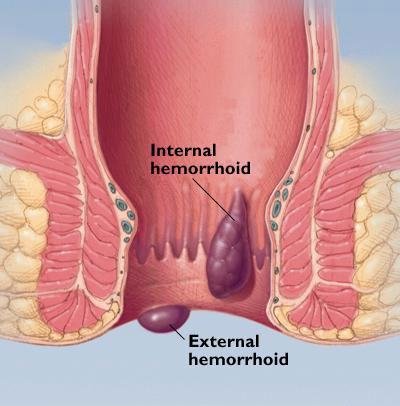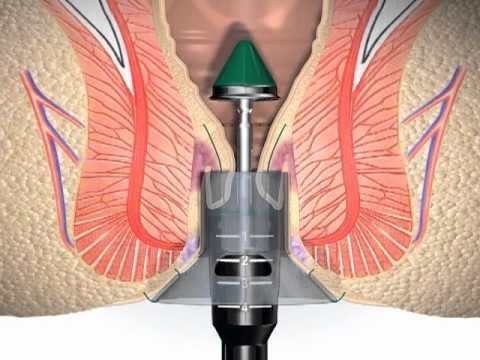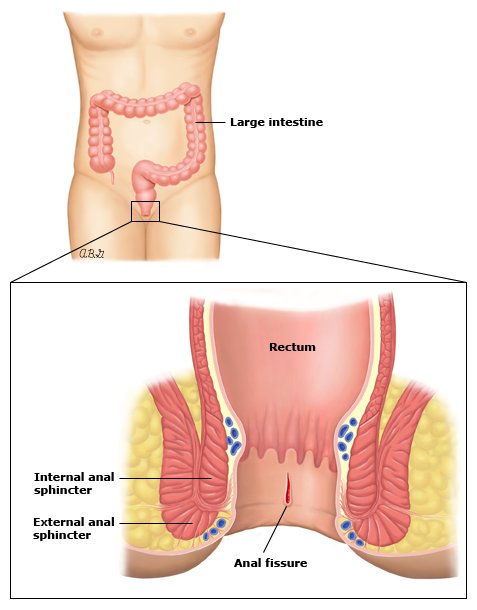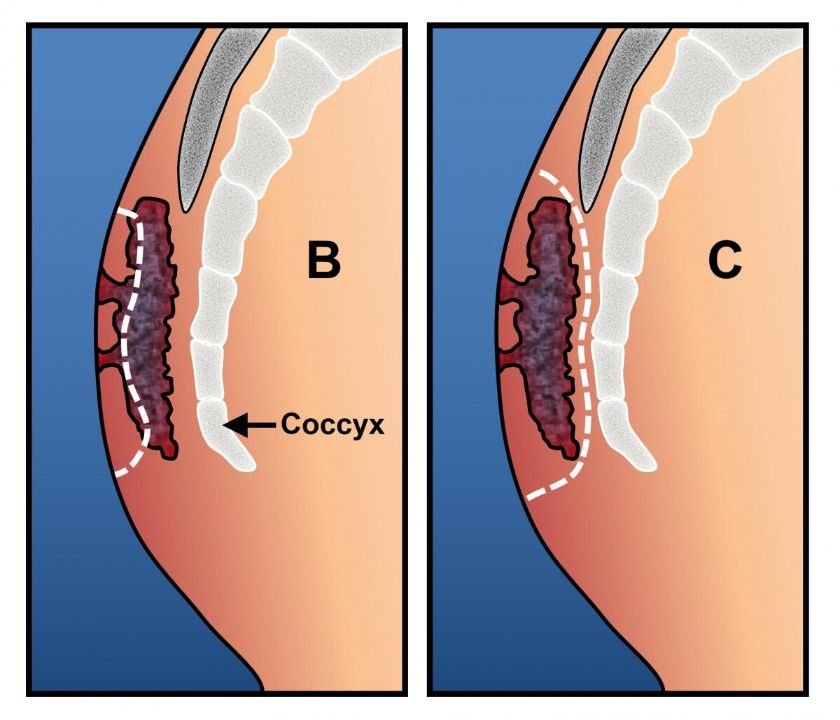ANORECTAL SURGERY
- /
- Anorectal Surgery
Expert Diagnosis & Treatment
Anorectal conditions affect the anus and rectum. Fissures, fistulas, condyloma and hemorrhoids are among the most common anorectal conditions. In some cases, symptoms like pain, itching, burning, bleeding and/or swelling can significantly affect a patient’s lifestyle. While most conditions are benign, a careful evaluation by a specialist is important to exclude anal cancer or another serious disorder.
Diagnosing Anorectal Conditions
- Anoscopy: A diagnostic procedure in which a small, tubular instrument with a light attached is used to view the last few inches of the rectum and anal canal.
- Biopsy: Removal of a small piece of tissue for examination.
- Colonoscopy: This procedure allows physicians to view the entirety of the large intestine. A colonoscopy is similar to a flexible sigmoidoscopy, but usually requires a more thorough bowel prep and is performed under moderate sedation.
- Digital rectal exam
- Flexible sigmoidoscopy (flex sig): A diagnostic procedure in which a small, tubular instrument with a video camera is used to view the last few feet of the large intestine.
- Physical exam and history
- Ultrasound or MRI: Noninvasive imaging tests that show the structure and function of the anal canal, sphincter muscles and rectum.
Types of Anorectal Conditions
STARR (Stapled Trans Anal Rectal Resection)
This is minimally invasive surgery to treat the patient of Rectal Prophase and patient having obstructive defecation syndrome (ODS).
In this procedure excess of rectal tissue is removed by tiring two staplers. One for above and another for below prophase mass. This is advancement of stapled Haemorrhoidectomy to remove Excess Rectal Tissue.

Stapled Haemorrhoidectomy MIPH (Minimally invasive Procedure For Piles)
Haemorrhoids is collection of the swelling vein along with the prolapsed mulosa. This is also called as piles in simple words. If Haemorrhoids mass is inside called internal Haemorrhoids and if vein is swollen outside called external Haemorrhoids. Normally the patient has both internal and external Haemorrhoids.

Stapled Hemorrhoidectomy Procedure
Stapled hemorrhoidectomy is surgical technique for treating hemorrhoids, and is the treatment of choice for third-degree hemorrhoids (hemorrhoids that protrude with straining and can be seen on physical exam outside the anal verge. Persistent or intermittent manual reduction is necessary). Stapled hemorrhoidectomy is a misnomer since the surgery does not remove the hemorrhoids but, rather, the abnormally lax and expanded hemorrhoidal supporting tissue that has allowed the hemorrhoids to prolapse downward.

Laser Hemorrhoidectomy Procedure
Stapled hemorrhoidectomy is surgical technique for treating hemorrhoids, and is the treatment of choice for third-degree hemorrhoids (hemorrhoids that protrude with straining and can be seen on physical exam outside the anal verge. Persistent or intermittent manual reduction is necessary). Stapled hemorrhoidectomy is a misnomer since the surgery does not remove the hemorrhoids but, rather, the abnormally lax and expanded hemorrhoidal supporting tissue that has allowed the hemorrhoids to prolapse downward.

VAAFT (Video Assisted Anal Fistula Treatment) Surgery
Anal Fissure
An anal fissure is a small tear in the lining of the anal canal. Fissures result from constipation and/or straining during bowel movements or from chronic diarrhea. Patients usually complain of severe sharp pain during bowel movements, often with passage of bright red blood. Fissures can be quite painful and may become chronic if left untreated. These tears are common and affect men and women of all ages.

Perianal Abscess & Fistula-in-Ano
Perianal abscess and fistula-in-ano are two related disorders that affect the anal region. Almost all abscesses develop when one of the glands lining the anal canal becomes blocked and leads to an infection. If left untreated, the abscess can develop into a fistula. A fistula is an abnormal connection between the anal canal — through some or all of the sphincter muscle — and the skin. A small number of abscesses and fistula-in-ano occur are due to other disorders, such as inflammatory bowel disease. In addition, women may develop fistula after difficult childbirth.
Hemorrhoids (Hemorrhoidal Disease)
Hemorrhoids are specialized vascular cushions that are a normal part of every person’s anatomy. They play an important role in continence, which is the ability to control bowel movements. Many people experience unpleasant symptoms that can be attributed to hemorrhoids. While many patients and doctors refer to this as “hemorrhoids,” it is medically defined as hemorrhoidal disease. Patients who develop hemorrhoidal disease often have a history of constipation, straining, diarrhea or spending a long time in the bathroom trying to defecate. After diagnosis, the goal of treatment is to address the symptoms, not to remove all of the hemorrhoidal tissue.
Pilonidal Sinus
Pilonidal disease affects the top of the gluteal cleft near the tailbone. In this condition, broken hair is drawn into small breaks in the skin, which leads to inflammation and infection. The hair can burrow quite deep into the skin, creating long sinuses. Symptoms may include pain, redness, or drainage or abscess in the area. Pilonidal disease is most common in young men but can affect men and women in all age groups.


